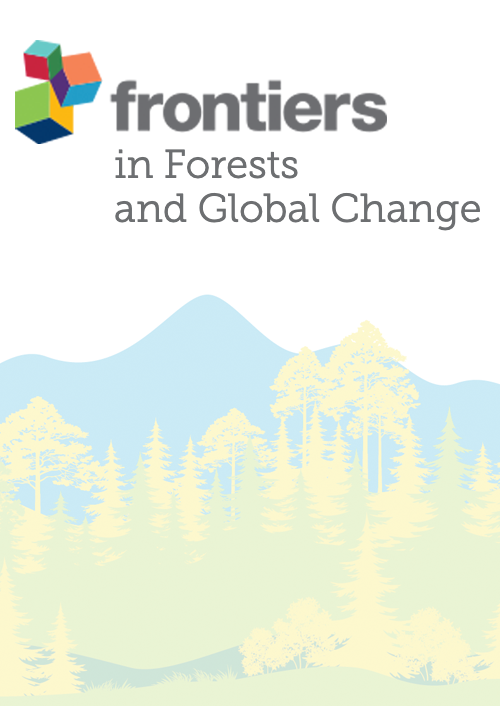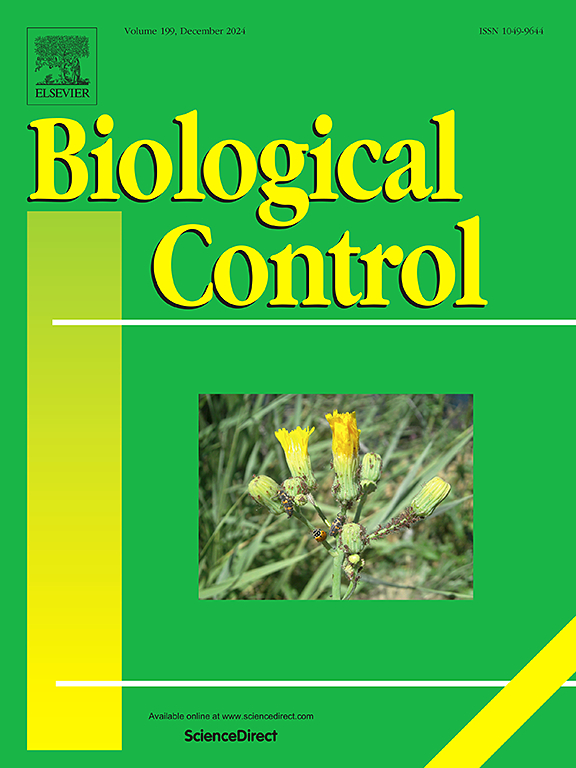There is a growing assumption that payments for environmental services including carbon sequestration and greenhouse gas emission reduction provide an opportunity for poverty reduction and the enhancement of sustainable development within integrated natural resource management approaches. Yet in experiential terms, community-based natural resource management implementation falls short of expectations in many cases. In this paper, we investigate the asymmetry between community capacity and the Land Use Land Use Change Forestry (LULUCF) provisions of the Clean Development Mechanism within community forests in Cameroon. We use relevant aspects of the Clean Development Mechanism criteria and notions of “community capacity” to elucidate determinants of community capacity needed for CDM implementation within community forests. The main requirements are for community capacity to handle issues of additionality, acceptability, externalities, certification, and community organisation. These community capacity requirements are further used to interpret empirically derived insights on two community forestry cases in Cameroon. While local variations were observed for capacity requirements in each case, community capacity was generally found to be insufficient for meaningful uptake and implementation of Clean Development Mechanism projects. Implications for understanding factors that could inhibit or enhance community capacity for project development are discussed. We also include recommendations for the wider Clean Development Mechanism/Kyoto capacity building framework.
DOI:
https://doi.org/10.1007/s00267-005-0275-2
Altmetric score:
Dimensions Citation Count:
























